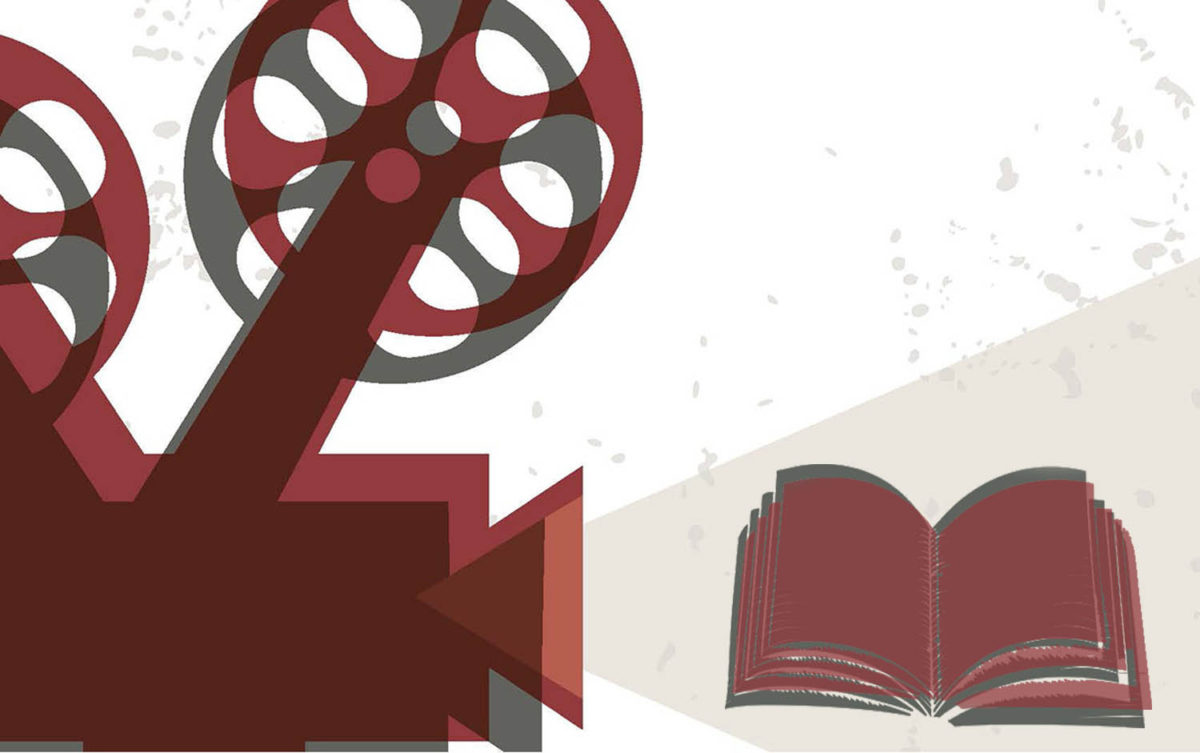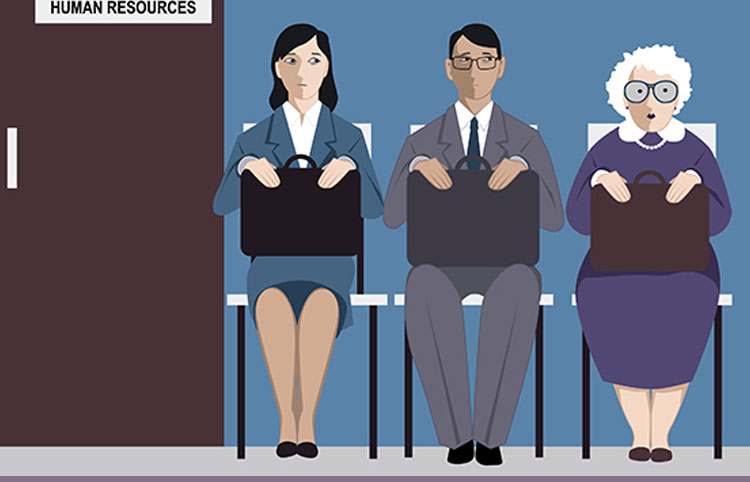In the past century, the image has rapidly evolved from mere vanity to being regarded as of great importance in the modern world, where technology is ubiquitous and the concept of the image can be portrayed everywhere. An image is not merely the vivid representation of an individual or an object, but also a powerful tool manipulated by us to impress and entertain people, for self or for profit. Image is an important factor in society nowadays as it draws a line between the prominent people and the society’s unfashionable mob. It also separates the normal everyday products from high-end gadgets. While a good image is an eminently valued asset in today’s context and can help attain success to a certain extent, there are other elements that are just as important if not more important than it, such as substance. In today’s world, the image may seem like everything, however, where are many other aspects which are just as substantial that can lead to a successful life.
Over the years, with the introduction of print and visual media like newspapers and televisions, the role of images in the representation of ideas has changed significantly. The media plays a strong role in the dissemination of information in today’s modern society, and everyone has the equal ability to tap into the effectiveness of media to accomplish each’s own agenda. As media is accessible to almost every individual, it has led to a society that is easily influenced by images that the media portrays, deceiving them to desire something that they do not necessarily require. These images are the most prominently shown through the usage of advertisements by corporations to promote their own goods or services. Commercials and advertisements are designed in a way that captures the attention of the viewer in the shortest time possible, thus altering the perception of the individual according to what he sees. One good example of print media is women’s magazines, where beauty and especially fashion is heavily emphasized. Page after page, those magazines exude attractive advertisements of branded accessories, handbags, clothes, make-up and slimming centres. The need of looking elegant and classy has become so deeply entrenched in the modern societal psyche that many people, both man and women alike, are willing to fork out thousands of dollars to lavish themselves on expensive designer clothing, beauty treatments and products. Where looking fashionable is concerned, money is no object.
Reinforcing the fact that an individual comes under the influence of images every day, the amount of influence exerted on individuals is colossal. And more often than not, individuals succumb to the effect of these images. The massive amount of mass media portraying an ideal beauty causes people to internalize the standard definition of beauty and they take measures to attain the propagated ideal. This explains the fascination or even obsession with image and fashion, especially of celebrities. The American Academy of Facial Plastic and Reconstructive Surgery reports that, among the most prominent trends in 2007, about two-thirds of its members reported seeing men and women who requested cosmetic surgery because they wanted to remain competitive in the workplace. One such example is of Hajnal Ban who claimed that she was not taken seriously for her chosen profession of politics because of her height. Thus she had her legs surgically lengthened by 3 inches. This goes to show the number of pain women endures just to attain that desired image of themselves. There are also more movies and television shows that emphasize on an individual’s outlook appearance, such as 200 Pounds Beauty and Extreme Makeover, where the characters underwent various cosmetic surgeries to transform themselves into the ‘modern beauty’. To them, looking beautiful brings them confidence, and is their key to success. To them, image matters. Hence the viewer’s opinion is swayed to think the same way.
In the case of political parties and governments, it is common to see governments creating impressions to project a representation of the state of the country. In context, in North Korea, Kim Jung Il led citizens to believe that their country was thriving and prospering, when they were actually faced with poverty and famine due to government spending on nuclear weapons. Governments also tend to portray a good image of themselves to the people, such as the Prime Minister of Australia, who made a formal apology for the past wrongs caused by successive governments on the indigenous Aboriginal population. The apology, beamed live around the country on TV, was met with cheers. But however good that image is, he should back it up with substance, by putting his words into actions, like enforcing policies that would be of benefit to the aborigines’ community, instead of just appearing admirable. The previous President of the United States, President George Bush also painted an image of Iraq possessing weapons of mass destruction, which resulted in the Iraq war. Moreover, that image has yet to be proven reality.
However, though it may seem that the concept of the perfect image is the only aspect which we all want to acquire, besides beauty and brawn, we are also sought after for something more valuable, such as knowledge and a good disposition. This is eminently shown in Singapore’s education system, where the character and achievements of a student are the most important criteria to enter into a higher level of education. Within the education system, students are not judged for their looks, and that is the purpose of the school uniform, to make every student look equal, not striking. The best way to be outstanding in an education system like Singapore’s is to have excellent conduct grades, academic and co-curricular achievements and thus be named a bright student with character and values. The importance of fulfilling these criteria is due to the significance of one’s testimonial that could help a student enter an institution, such as to a junior college, or university. In Singapore, there are also a group of people who are the cream of the crop and are highly regarded by our government. They are the elite. The elite does not just possess a good image, but the ability and knowledge as well which are undeniably important characteristics as they are shaped to lead the future of Singapore. In this manner, there is only a need for the appropriate image and not the perfect one.
Selecting the best candidates, especially those of high calibre, will result in a good government. A good and just government is one that portrays the true image of the state or is able to mould the state into its desired image, like a prosperous nation. Thus it is crucial to pick the right leaders, endowed with the capacity to think critically, that is able to lead a nation, and not just for appearance. To the government, pragmatism is regarded over the image, and more often than not, it is a matter of, “Can you deliver?” that is the burning question. This meticulous method of selection for Singapore has been highly successful, and there is no doubt about which party would win the elections each time. One of the main reasons for Singapore’s success is attributed to our state of political stability, and that we have trust in our leaders to maintain good governance in Singapore, corruption-free.
Prominent figures in the media are inevitably tasked with being a good role model to their viewers who are greatly influenced by their actions. After scrutinizing the appearance of a character or an actor, before the viewer subconsciously decides who to pick as his role model, the next thing he will look for in the media persona is for his character. It is unlikely for a child or a right-minded adult to choose an ill-mannered villain as his exemplar. However, though the actor could have started out as a presentable role model, with many others taking after him, once his character wanes, the others’ will follow suit. Such is shown by various Hollywood stars that have led many to degrade the importance of marriage by their multiple changes of partners. In another light, Jesse Jackson, an American civil rights activist and Baptist minister was an advisor for Bill Clinton, the then President of the United States. He was known to some as the most important black leader in politics at that time, and it is no doubt that many look up to him. Yet, in 2001, his affair with a staffer, Karin Stanford, was made public and that resulted in a blemish in his once clean profile, thus leading many to reconsider their perception of him. Others might even think that having extra-marital affairs is normal. If a Baptist minister could do it, why couldn’t they? Thus it is a huge responsibility to maintain the role of a good example, as the outlook is not all there is to it.
Media has changed the perception of the ideal body image to masculine men and immaculately groomed and slim women. Especially for women, where the mass media promotes unrealistic and unhealthy bodies of painfully thin women, encouraging many girls that it is the ideal way to look. Research indicates that exposure to images of thin, young, air-brushed female bodies is linked to depression, loss of self-esteem and the development of unhealthy eating habits in women and girls. The American research group Anorexia Nervosa & Related Eating Disorders, Inc. says that one out of every four college-aged women uses unhealthy methods of weight control – including fasting, skipping meals excessive exercise, laxative abuse and self-induced vomiting (Bulimia). There were several cases of models fainting, and in some cases dying, because of the extremity of their eating disorders, but it was only after such horrific events that fashion industries decided to do something about the situation. Italy and Spain have since banned super skinny models from the runway and requires the models to have a body mass index of at least 18.5. In 2004, Dove, a large company in the health product and beauty sector, released a series of print and television ads featuring happy-looking, lingerie-clad women with “everyday” looks, called the Dove Beauties. Dove’s campaign was striving to generate change from within the generally weight-conscious advertisement industry, showing that you are beautiful in your own way. Through these examples, it proves that a person might have good looks, but without health and contentment of the way one looks, it is difficult to live a self-fulfilling and happy life.
Through the years, the image has changed, especially after the emergence of the media, which has led many to misunderstand the concept of real beauty. The ideal image that the media portrayed has drastically changed the individual’s opinion. Leading to the countless effort spent on attaining that perfect image, deluding people from what is the main priority in life. Governments have also been known to paint the perfect image of their nation, coaxing their people into believing the untrue. However, in some cases, the substance is more sought after than beauty. This is evident in various institutions and the recruitment of future leaders where ability and personality are of the utmost importance. A bad image from the media can also lead to various followers, resulting in declining statistics significantly in the area of marriage. And lastly, the most essential thing to possess in life is health. A person might be the richest and most beautiful in the world, but without health, he is nothing. In conclusion, albeit it may seem that image is everything in today’s world, it is not so, particularly where the substance is concerned.










